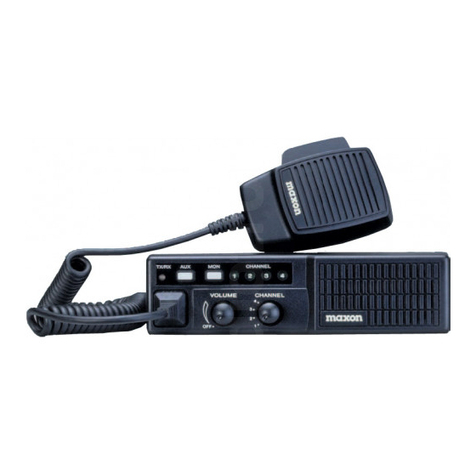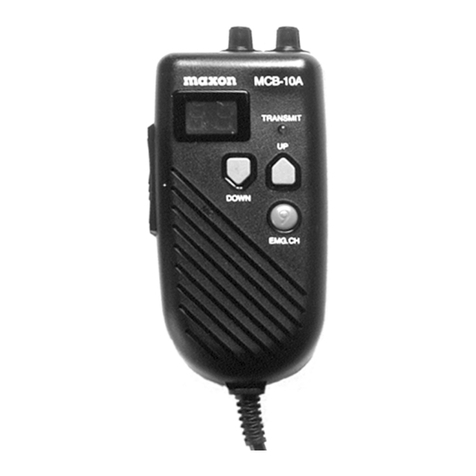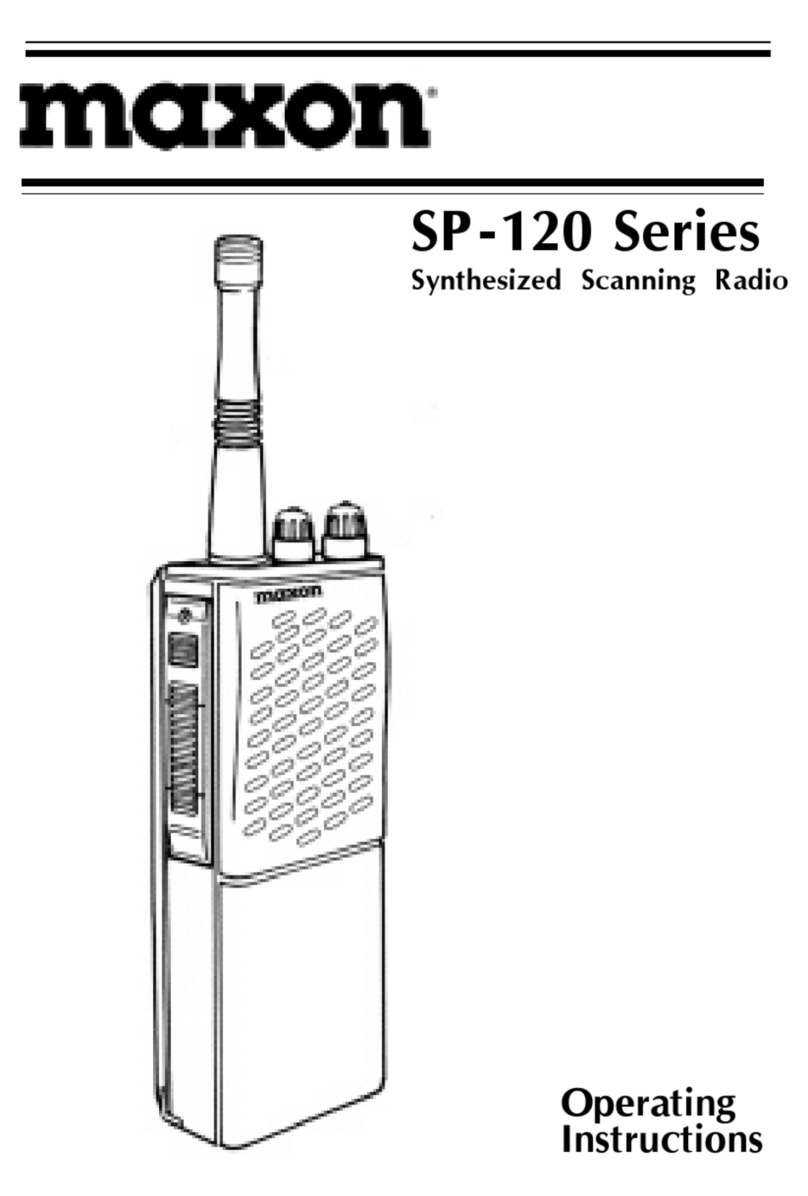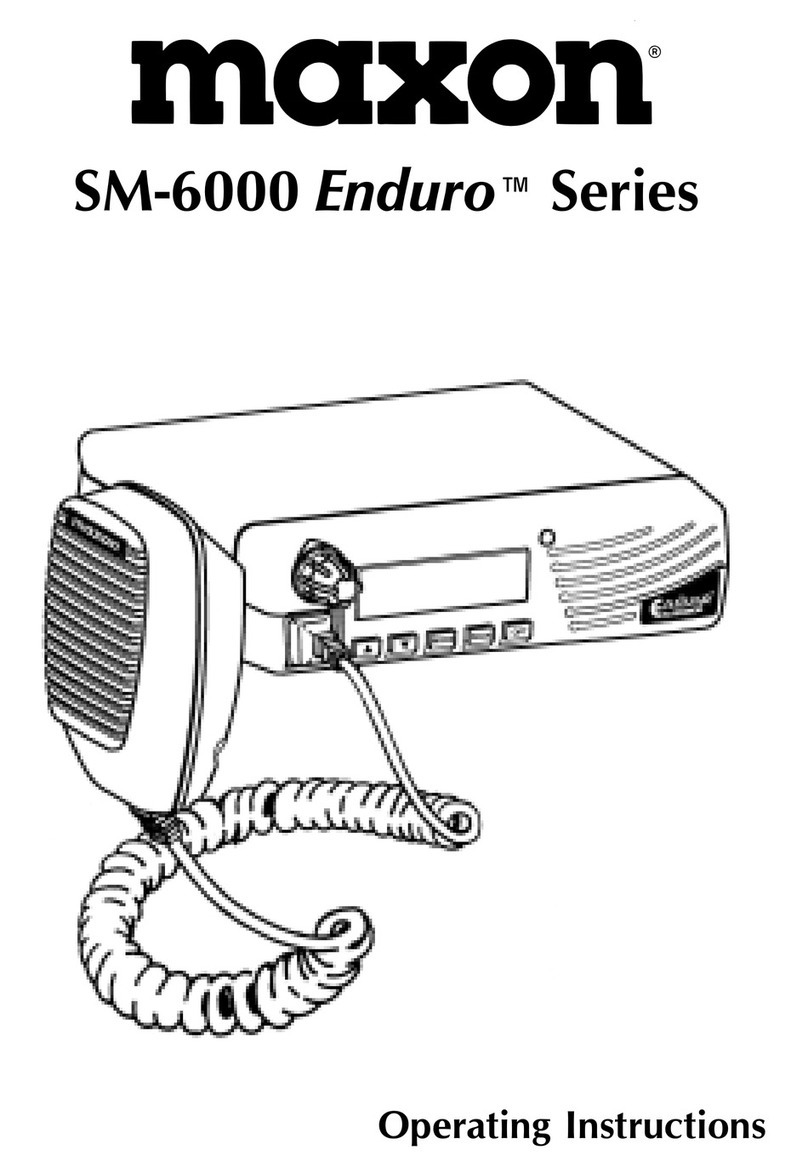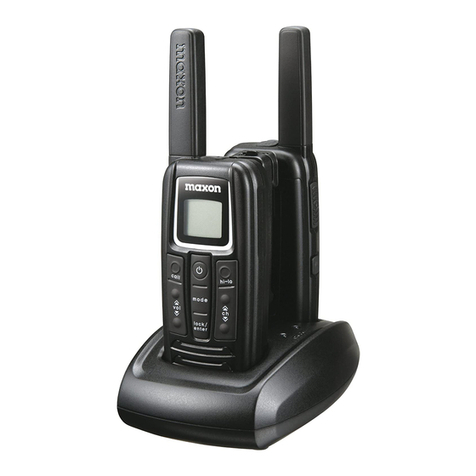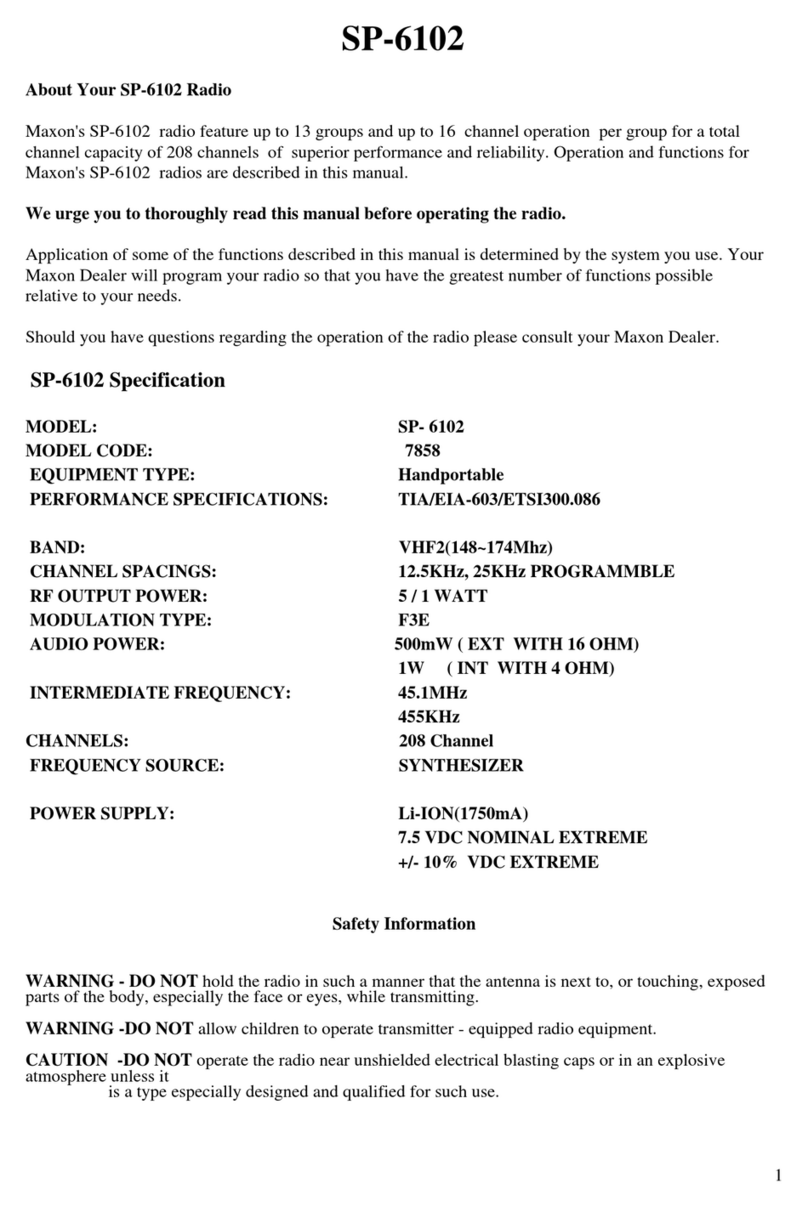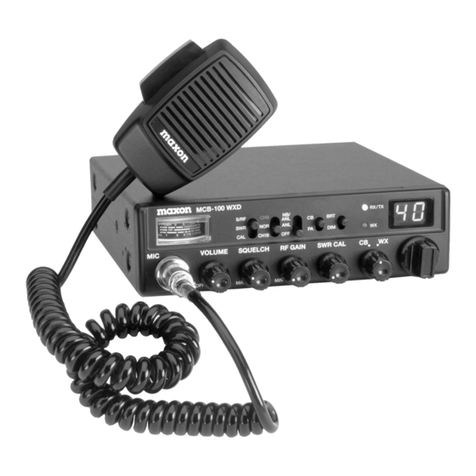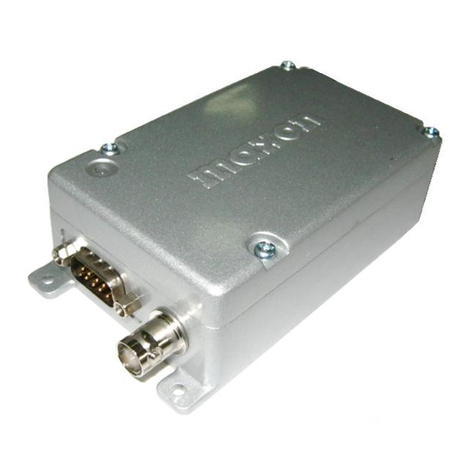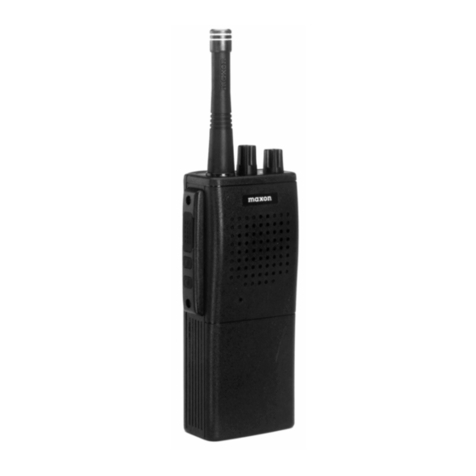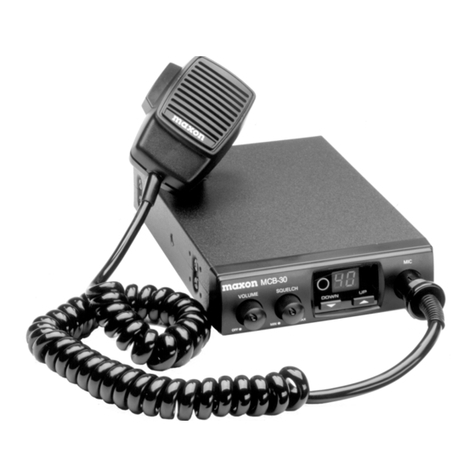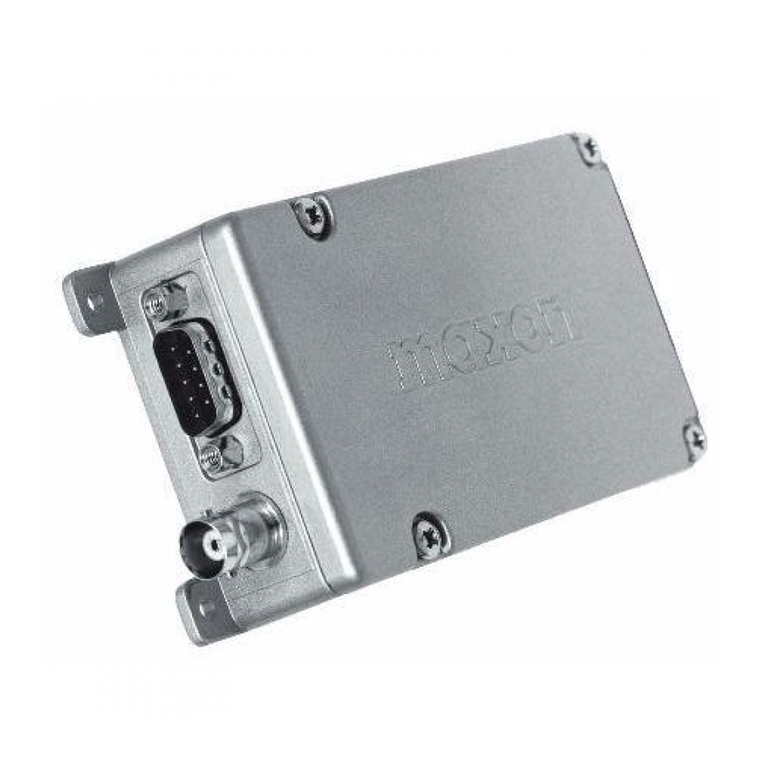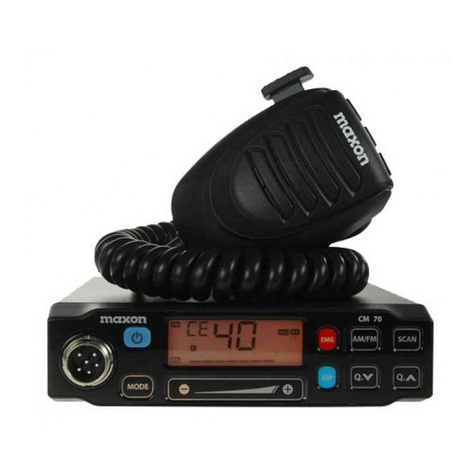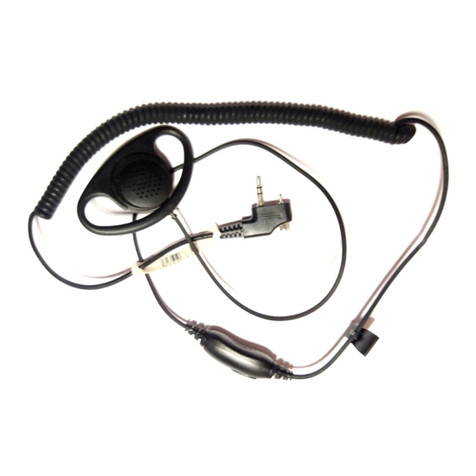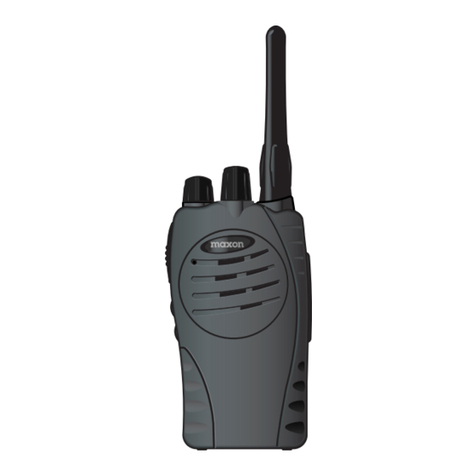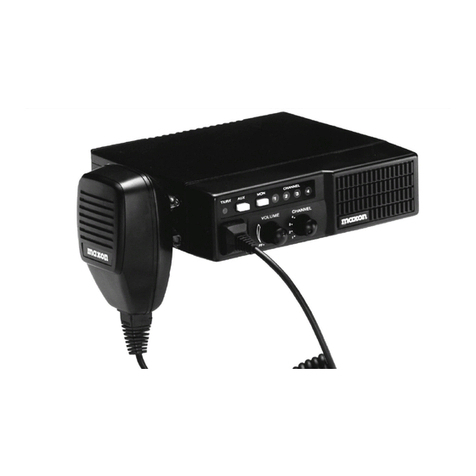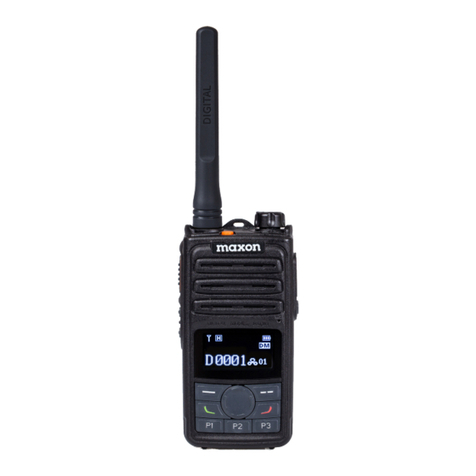4
CONTROLS AND FUNCTIONS
CONTROLES Y FUNCIONES
A. Channel Up/Down Buttons -Selects any one of 40
channels available • Botones de Subida y Bajada de
Canales - Selecciona cualquiera de los 40 canales
disponibles
B. Emergency Channel 9 Button -Provides direct access
to Emergency Channel 9 (not active in weather mode)
• Botón del Canal 9 de Emergencia - Provee acceso
directo al Canal 9 de Emergencia (no está activo en
modalidad meteorológica)
C. HI/LO Power Selector Button -Controls output power level
• Botón de Potencia HI/LO (alta/baja) - Controla el nivel
de la potencia de salida
D. Light Button -Illuminates the display window • Botón de
Luz - Ilumina la pantalla de visualización
E. Weather Button - Selects CB or weather operation • Botón
del Tiempo - Selecciona la operación de CB o del tiempo
F. Lock Button -Locks the keypad from operation • Botón
de Traba - Traba el teclado para evitar su funcionamiento
G. Push-To-Talk Button -Permits radio transmissions • Botón
"Presione Para Hablar" (P-T-T) - Permite la transmisión por
radio
H. LCD Display - Identifies CB or weather channel number
selections, TX (transmit), WX (weather) mode, EMG (Ch. 9),
LOCK (keypad locked), BATT (battery low), LOW (power
level) and signal/power strength •Pantalla de LCD -
Identifica las selecciones de CB o los números de canales
del tiempo, TX (transmisión), modalidad de WX (tiempo),
EMG (canal 9), LOCK (teclado trabado), BATT (carga baja de
la batería, LOW (nivel de potencia) e intensidad de la señal/
potencia
I. Antenna Jack -Connects the unit's "Rubber Duck" antenna,
an optional telescopic antenna or any Citizen's Band/50
Ohm mobile or base antenna • Jack de Antena - Conecta
la antena de hule "Rubber Duck" de la unidad, a una antena
telescópica opcional o a cualquier antena móvil o de
base de banda ciudadana / 50 Ohmios



